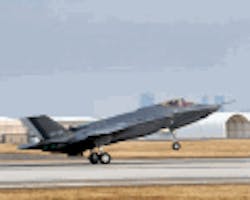DO-178C nears finish line: credit ahead for modern tools and technologies
By Charlotte Adams After five years, RTCA and EUROCAE, the U.S. and European avionics standards organizations, are nearing the finish line in updating DO-178B, the bible for developers of safety-critical software. A cast of 1,000-plus people have observed or participated in the process and about 100 people show up at every meeting, according to one member of RTCA Special Committee 205 (SC-205). The industry expects the final package -- DO-178C -- to be released in the first quarter of 2011 and be mandated six to nine months after ratification.

